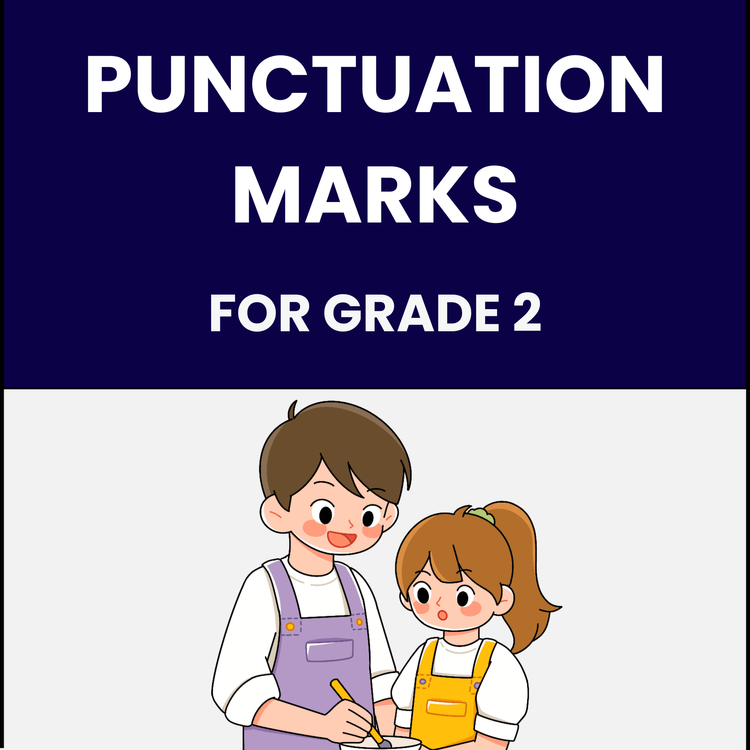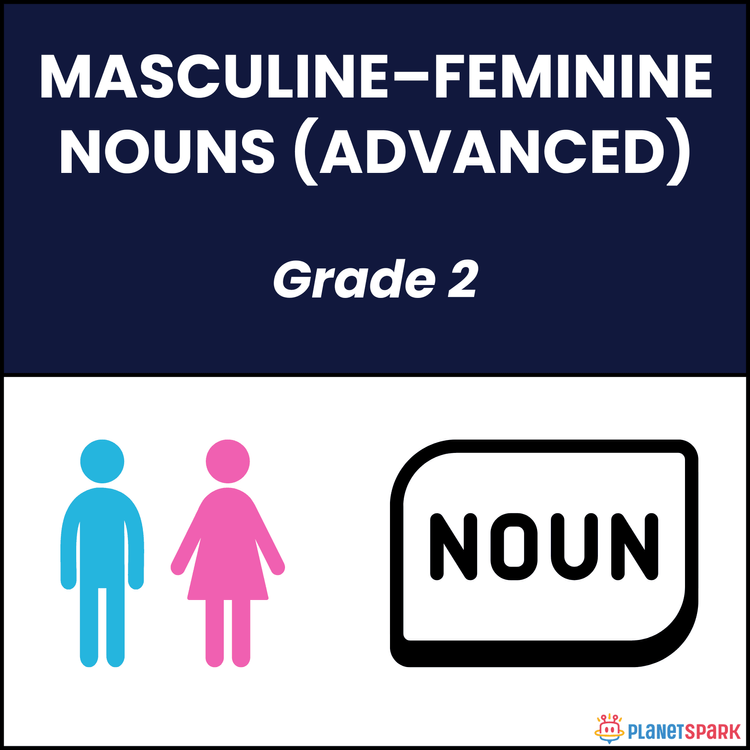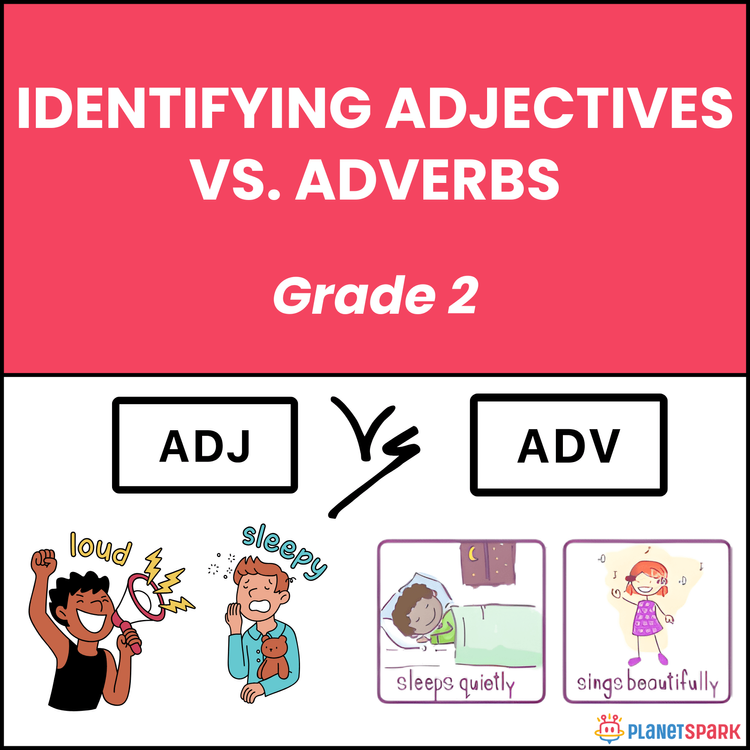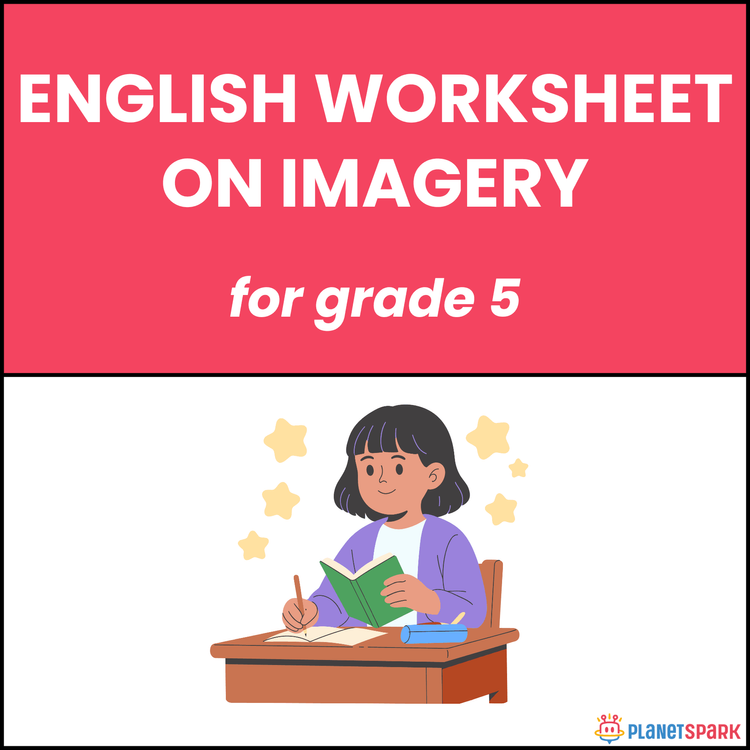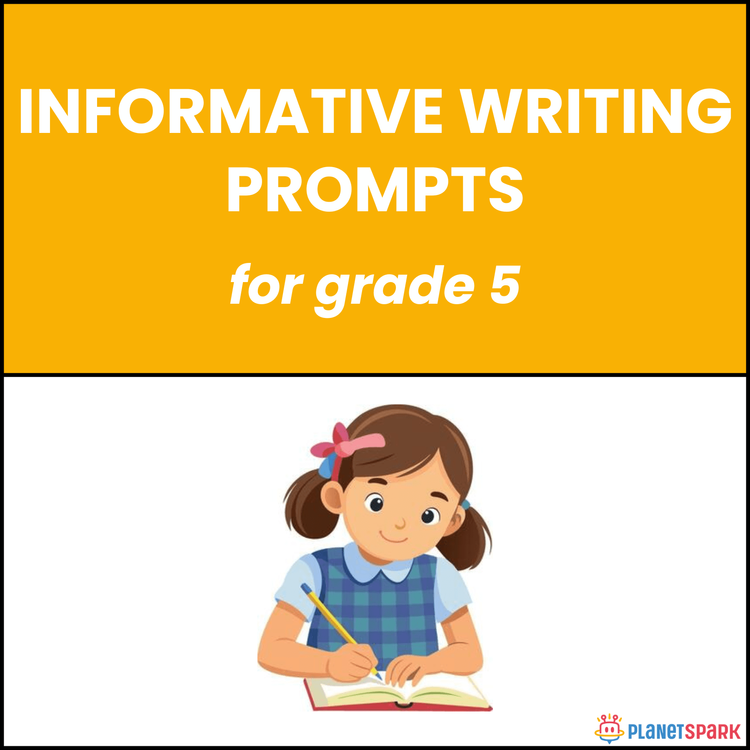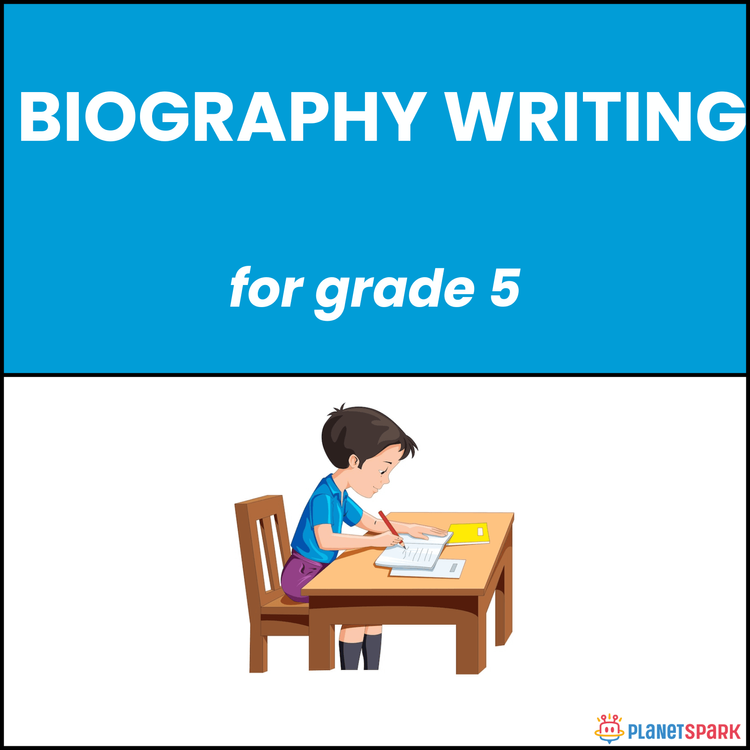Class 2 Reading Passage on A Day at the Circus
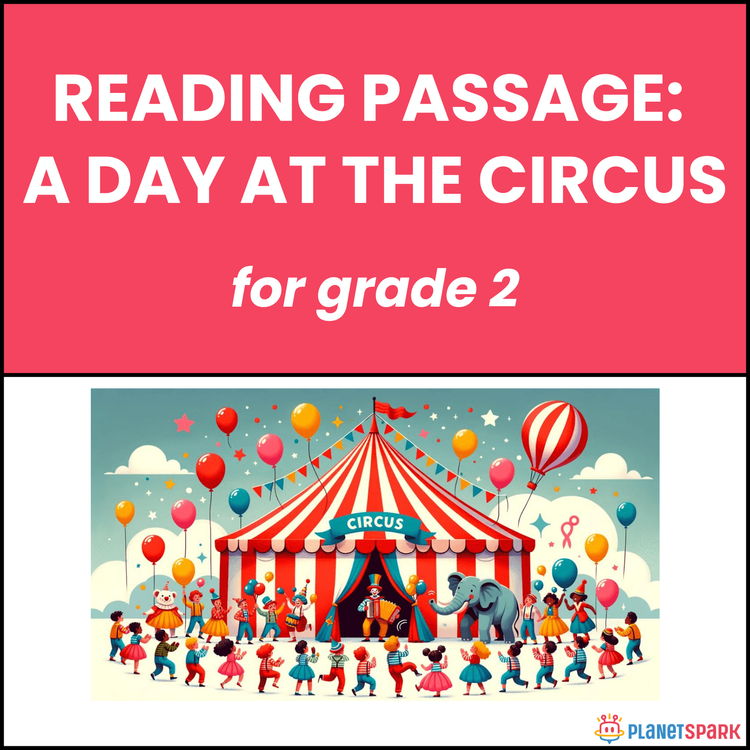

Class 2 Reading Passage on A Day at the Circus
Circus Fun: Reading Comprehension on “A Day at the Circus” for Class 2
This delightful Class 2 worksheet takes children to the lively world of the circus, filled with laughter, lights, and magic. Through Arjun’s fun-filled adventure, students learn to identify main ideas, sequence of events, and sensory details that make reading enjoyable.
Why Reading Comprehension Builds Curiosity?
1. It enhances imagination by visualizing real-life scenes and actions.
2. It encourages careful observation and word–picture connection.
3. It helps children express joy and wonder through descriptive understanding.
4. It boosts reading fluency with engaging, story-based learning.
What’s Inside This Worksheet?
🧠 Exercise 1 – Choose the Correct Answer
Students pick the right options based on the passage, e.g., *Who did Arjun go to the circus with?*
✏️ Exercise 2 – Short Answer Questions
Learners write brief factual answers that reinforce comprehension accuracy.
📋 Exercise 3 – Creative Thinking
Children describe what they enjoyed most or which circus act they’d like to see, building confidence in expression.
📝 Exercise 4 – Reading Reflection
Students discuss how sensory words and emotions add excitement to stories.
✅ Answer Key (For Parents & Educators)
Exercise 1 – Choose the Correct Answer
1. b) His family
2. a) Juggle balls and ride unicycles
3. c) Elephant
4. b) Cotton candy
5. b) Pulled a rabbit from a hat
6. c) A toy clown
Exercise 2 – Short Answer Questions
7. Bright lights and colourful tents.
8. Cotton candy.
9. I would like to see clowns juggling balls.
10. Yes, I liked the elephants and lights.
Bring stories alive for your child through fun reading adventures full of colour and joy!
🔖Book a free trial!
Frequently Asked Questions
They encourage children to visualise colourful scenes and fun events, boosting creativity and interest in reading.
Simple recall questions like “Who did you see?” or “What happened first?” help strengthen memory and understanding.
It helps children use expressive words to describe actions, people, and places more confidently.
